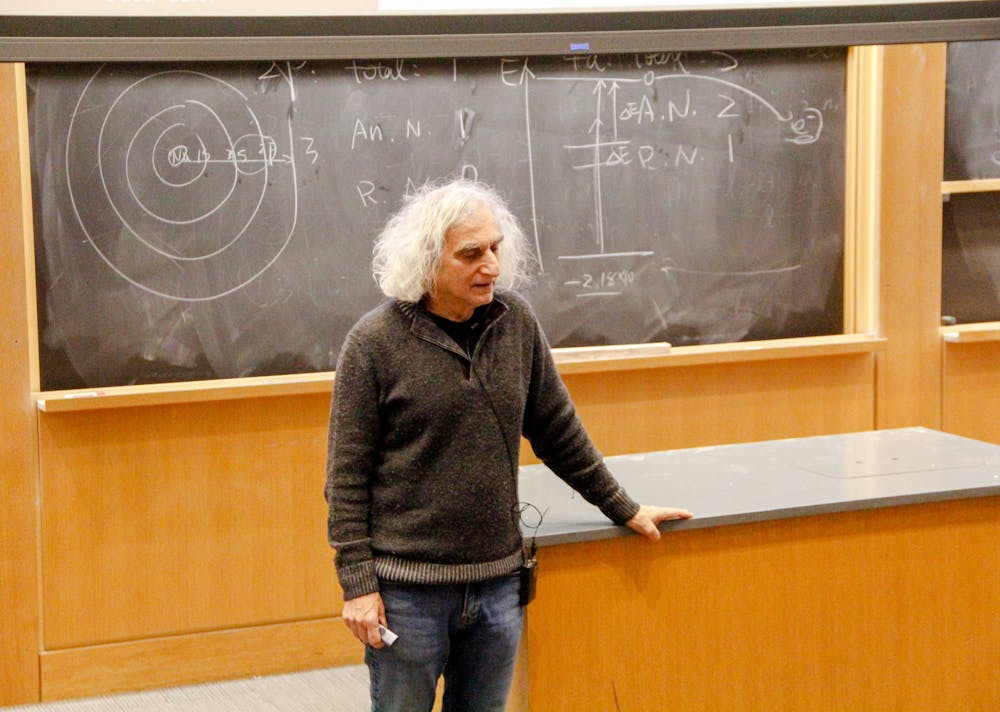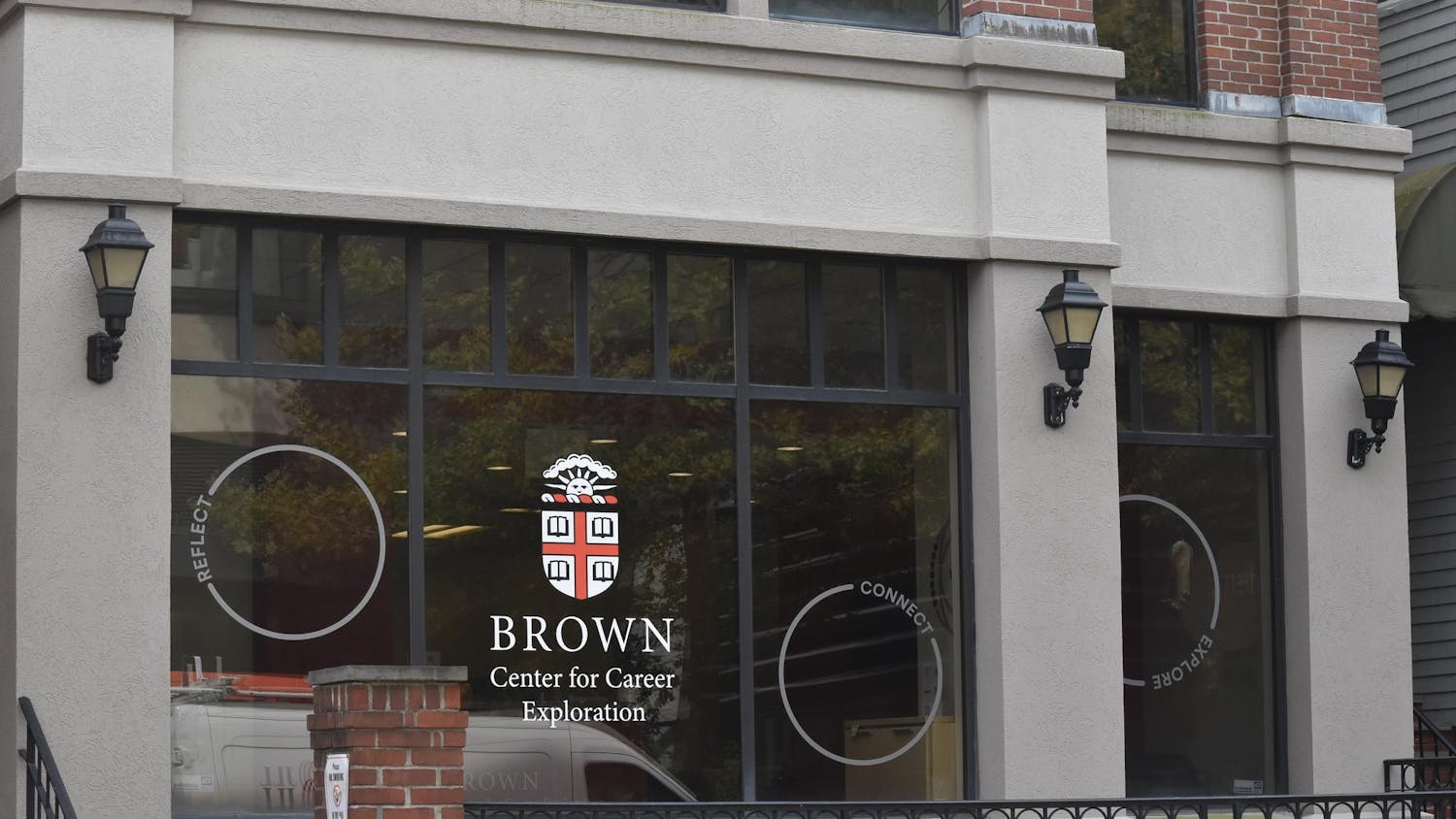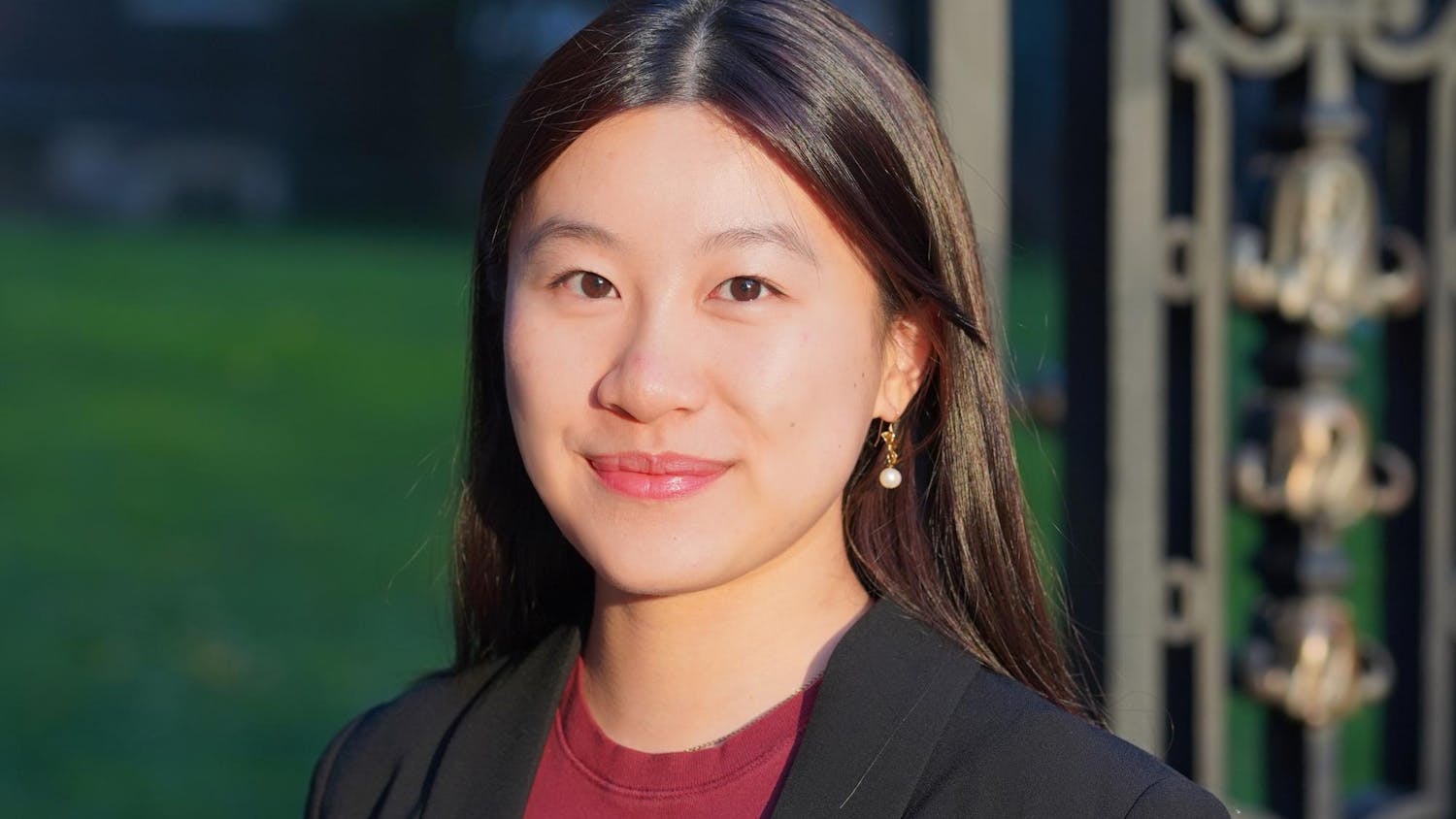On Jan. 26, classes for the second semester of the 2021-2022 academic year officially began. The semester started amid uncertainty across the country about how universities should be operating in regards to the Omicron variant.
The Herald spoke with multiple University faculty members about teaching during the pandemic and about how recent events, such as the campus floodings, have affected their classes.
The University announced Jan. 14 that professors must teach their classes in the format originally listed in Courses@Brown, The Herald previously reported. This excluded the first week of the semester, when professors could host classes on Zoom to avoid overcrowding during the shopping period.
Many faculty members noted that in-person classes are preferable.
Connie Crawford, adjunct lecturer in theatre arts and performance studies and director-in-residence of Rites and Reason Theatre, prefers in-person learning due to the physical nature of her performance classes.
“Being able to use our whole selves and respond moment to moment in complex ways deepens the learning,” Crawford said. She also mentioned that Zoom makes improvisation difficult because speakers cannot smoothly exchange words without muting, unmuting and dealing with sound glitches.
Elmo Terry-Morgan, associate professor of Africana Studies and theatre arts and performance studies and the artistic director of Rites and Reason Theatre, also conducts his classes in person, though all of his students log onto Zoom during class to accommodate one remote student.
“Having the technology available has been really very helpful,” Terry-Morgan said. “It's also very good for meeting with students.”
Zoom has also proved advantageous for faculty advisors. Ross Cheit, a professor of political science who is advising theses and working in research this semester, holds both in-person office hours and meetings on Zoom.
Crawford found this semester’s shopping period chaotic. “I have never had so much change in my class lists,” she said. “It's made it very difficult because by now I would normally have assigned people in two-person scenes. I have to push my whole syllabus a week.”
Crawford reported that the studio she works in often has connectivity issues, so accommodating students over Zoom was difficult. “But we try,” she said.
This semester’s shopping period provided a new set of challenges for faculty and students in the form of a Jan. 29 blizzard and flooding in multiple University buildings, The Herald previously reported.
“It was a surreal day, almost post-apocalyptic, like we had survived the apocalypse and we were walking around lost,” Elsa Belmont Flores, assistant director and lecturer at the Center for Language Studies, said.
Flores teaches in Sayles Hall, one of the buildings that flooded following the blizzard, but her classroom was not directly affected. Because she had not received any communication from the University about the flooding, Flores entered the building through a side door, as the front was roped off with yellow tape.
Some of Flores’s students stepped over the tape, but many were very confused and did not enter the building at all. Regardless, Flores adapted and provided virtual options to those who missed class.
Faculty also commented on the University’s masking policy.
“I have really appreciated the policy of faculty being able to remove our masks,” Flores said. “I think particularly for a foreign language, students will feel a bit of anxiety when being spoken to through a mask in a language they are still acquiring.”
She pointed out that though students have the option of lowering their masks when speaking if they are fully vaccinated and socially distant, the majority of students choose to keep them on.
“It hasn't really been an impediment for communication,” Flores said. She also believes that because many students have gotten used to wearing masks, it has created a sense of security that they do not necessarily want to lose.
Crawford, on the other hand, has struggled with the way the masking policy affects her acting classes.
The University has supplied the Department of Theatre Arts and Performance Studies special masks that have clear plastic over the mouth so that students can see more of each other’s faces, but Crawford has found that the material makes it difficult to breathe.
“I trust the medical decisions made by Brown,” she added. “So if they are requiring masks, that's a good thing for the health of the whole community.”
However, Crawford hopes that the University will grant an exception to allow students in her class to remove their masks if they are far enough away from each other during scenes.
Terry-Morgan is currently working on getting a student from the Brown Trinity MFA Program to do a workshop on what he calls “speaking behind the mask,” which would help students learn to enunciate and project with their mouths covered.
Many professors also expressed concern over faculty burnout. For some, this semester marks their fourth in a row due to the unusual summer semester last year.
“Faculty with children at home, especially young children, are shouldering an almost impossible task,” Cheit said. “I am extremely worried (if) the University will be able to do enough to ensure that we do not lose junior faculty members during this time.”
Crawford expressed a similar sentiment and specifically highlighted the struggle of adjunct professors. “There's a systemic issue with colleges and universities, all across America, with adjunct labor,” she added. “These multiple semesters are a stressor in a new way.”
Despite the unpredictability of the times, faculty members remain optimistic that the University will continue to stay in person and are keeping an open mind about new possibilities.
Terry-Morgan added that he is always eager to learn new methods for teaching during the pandemic. “We're in a transitional phase,” he said. “So we have to learn new stuff.”
Flores is encouraged by the high vaccination rates and the ways in which students and faculty continue to uphold masking and social distancing guidelines.
“I want to believe that at this point, we have more plans (in place) before we reach the point where we have to go fully remote,” she said. “I'm confident and want to be positive that I will be able to complete this semester in person.”





